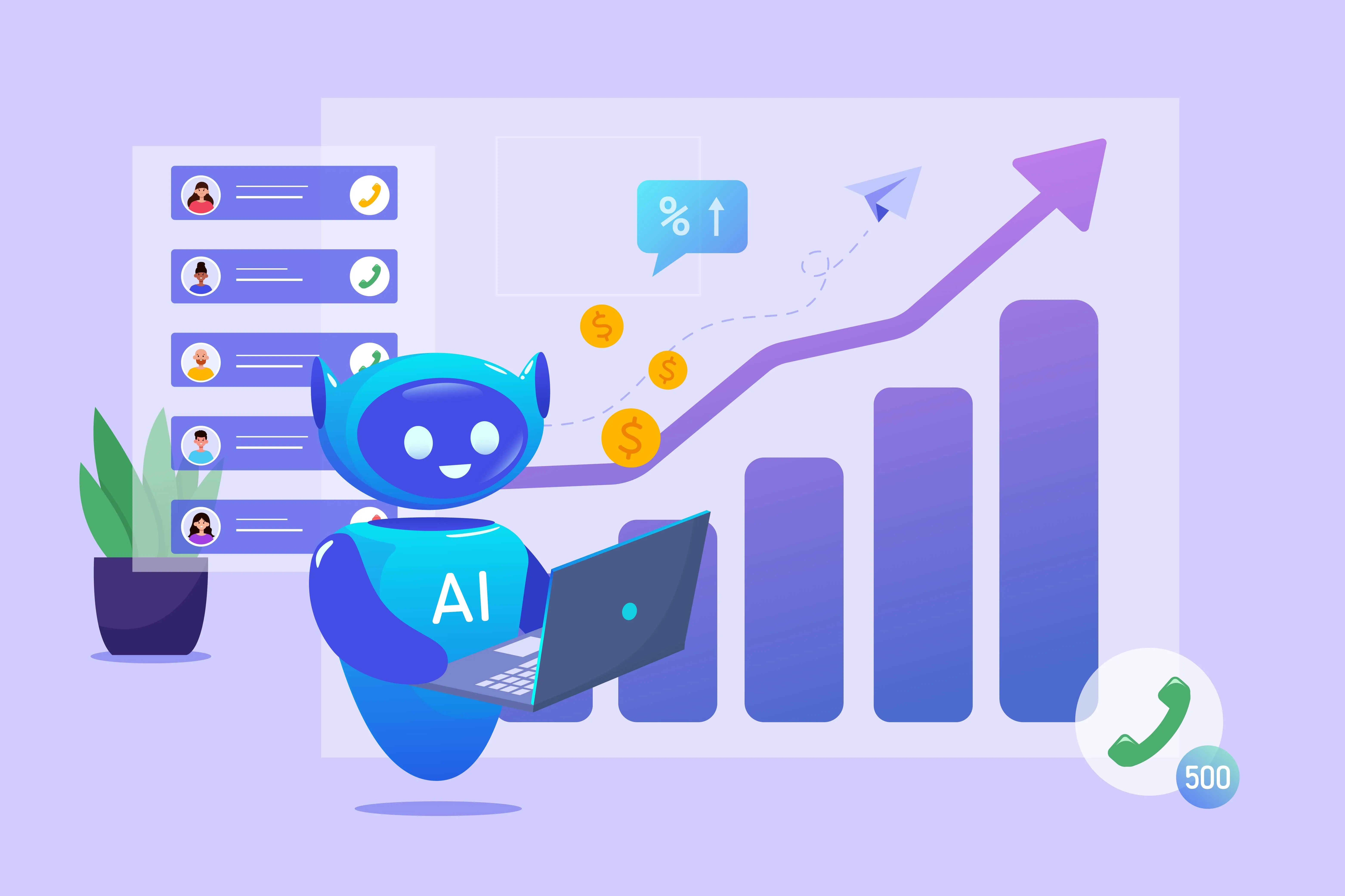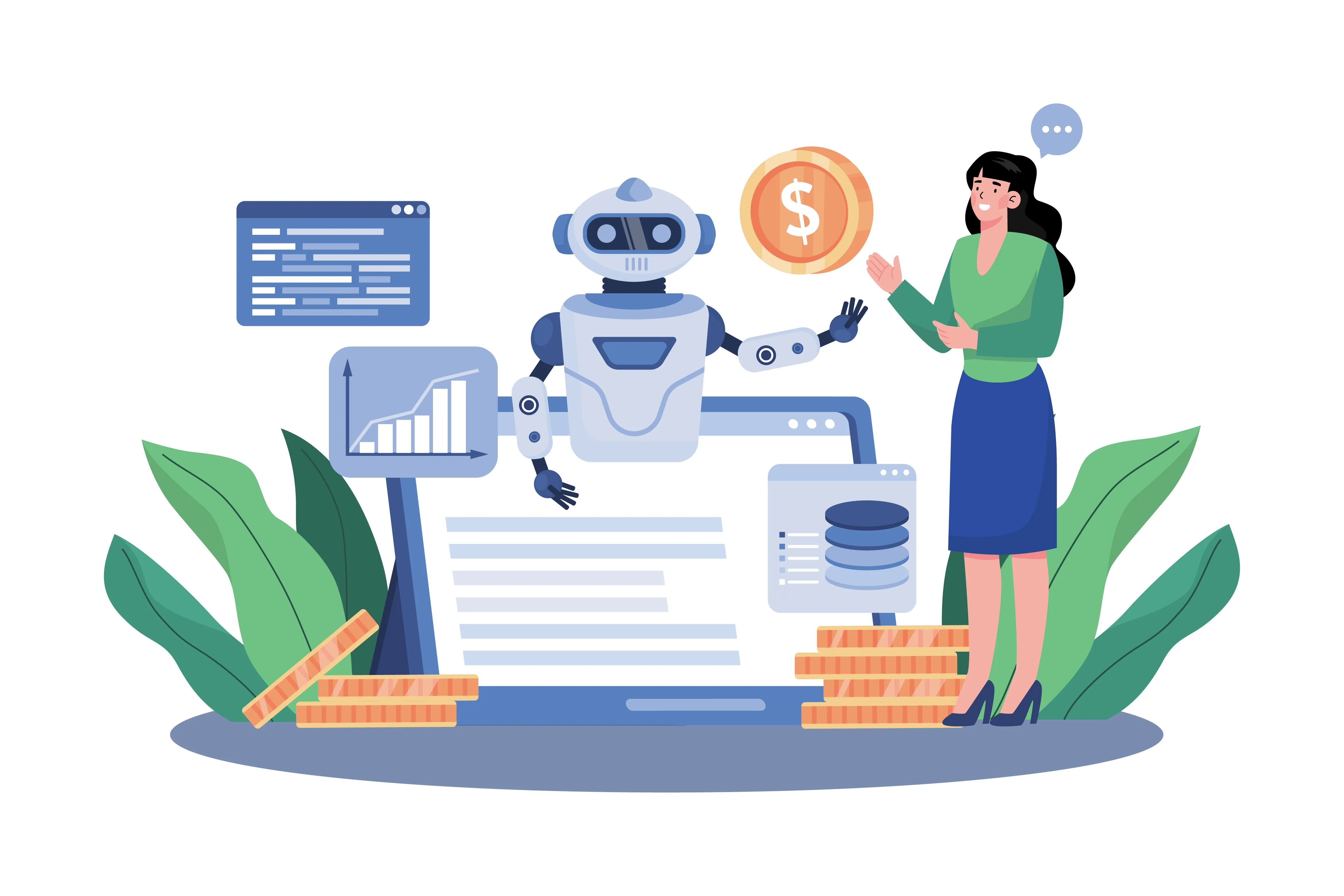Dynamic pricing, which enables businesses to adjust prices in real time based on market conditions and other influencing factors, has become increasingly popular in the hospitality industry. The main goal is to maximize revenue and profits by offering more attractive prices during periods of low demand and higher prices during peak times. Industries such as retail, e-commerce, travel, and hospitality are now widely adopting AI-powered pricing tools to automate decisions, enhance profitability, and improve customer satisfaction. These tools also help businesses stay agile and competitive in fast-paced markets.
At the Digital Transformation in Hotel Technology conference, the Revenue Optimization session will explore the role of dynamic pricing in the hotel industry. World BI provides a platform for revenue specialists to share insights, exchange strategies, and engage in in-depth discussions with leading industry experts on how to effectively implement dynamic pricing.
Dynamic Pricing in Hotel Industry:
Evolving Pricing Techniques in the Hospitality Industry
- Shift from Traditional to Dynamic Pricing:
- Earlier, hotels relied on fixed or seasonal pricing models.
- Today, dynamic pricing has become the norm, adjusting rates in real-time based on various factors.
- Key Drivers Behind Dynamic Pricing:
- Market volatility
- Competitor pricing
- Customer behavior and preferences
- External influences (e.g., events, weather, economic shifts)
- Cost and profit considerations
- Revenue optimization strategies
- Meeting fluctuating market demands
- Availability and use of internet data

- Importance of Customer Behavior:
- Understanding customer needs is critical for pricing strategy.
- Dynamic pricing adapts to customer buying patterns and willingness to pay.
- Role of Technology and Data:
- Internet has transformed pricing transparency and decision-making.
- Complex data analytics are used to determine optimal price points.
- Segmentation and Price Discrimination:
- Hotels segment customers (e.g., business vs. leisure travelers) to tailor pricing.
- For example, room prices in California may differ from Arizona, and business travelers often pay more than individual tourists.
- This targeted approach helps increase bookings and maximize profits.
- Online vs. Contractual Sales:
- A significant portion of hotel sales still happen through traditional contracts.
- Dynamic pricing is more commonly applied in the online marketplace, where speed and flexibility are key.
- Strategic Importance of Room Pricing:
- Pricing is a core element in a hotel’s success and profitability.
- Strategies depend on market demand, competition, seasonality, occupancy levels, and online pricing data.
Room Pricing Strategies in the Hotel Industry
- A study on the impact of fluctuating discount rates on hotel financial performance.
- They examined price elasticity and seasonality, finding that hotels tend to maintain standard rack rates during certain periods and adjust prices based on demand during others.
- Room pricing remains a critical factor in determining the success and profitability of hotel businesses.
- A well-crafted pricing strategy not only attracts customers but also ensures sustainable revenue.
- Researchers have explored various methods for setting room rates, including:
- The effects of fluctuating discount rates
- The influence of internet-based marketing and information
- The application of hedonic pricing models (pricing based on individual room features and guest preferences)
- The internet plays a significant role in influencing customer decision-making, as it allows potential guests to compare prices and assess value more effectively than ever before.
- Hotels should also focus on customer segmentation and offer personalized incentives or benefits to drive bookings and maximize profitability.
Artificial Intelligence (AI) in Dynamic Pricing:
Artificial intelligence (AI) has rapidly become one of the most widely discussed technologies and is increasingly integrated into our daily lives as it becomes more accessible to the public. AI is transforming nearly every aspect of business, with dynamic pricing being one of its most impactful applications.
- Algorithmic pricing—the combination of AI and dynamic pricing—involves using complex algorithms to determine optimal pricing for products or services in real time. While this approach offers significant benefits, including increased revenue and more personalized customer experiences, it also raises concerns.
Understanding the Impact of Dynamic Pricing Strategies on Revenue Optimization in the Hospitality Industry
Dynamic pricing strategies have become increasingly essential in the hospitality industry, particularly due to fluctuating demand patterns and a highly competitive market. These strategies allow hotels, restaurants, and other hospitality establishments to adjust prices in real time based on factors such as demand levels, competitor pricing, and broader market trends. When effectively implemented, dynamic pricing can significantly enhance revenue, optimize occupancy rates, and improve overall profitability.
Dynamic Pricing Strategies in the Hospitality Industry
Dynamic pricing strategies—also known as demand-based or variable pricing—involve real-time price adjustments based on shifts in demand, market conditions, customer behavior, and inventory availability. In the hospitality industry, these techniques are widely adopted to optimize revenue and maximize profitability across sectors such as hotels, restaurants, airlines, and tourism attractions.
Below are five key dynamic pricing strategies commonly used in the hospitality sector:
1. Time-Based Pricing
Time-based pricing adjusts prices depending on time-related variables, such as:
- Day of the week
- Time of day
- Seasonality
- Holidays

2. Demand-Based Pricing
This strategy responds directly to changes in market demand. Prices rise during periods of high demand and drop when demand is low to encourage bookings.
3. Yield Management
A subset of revenue management, yield management focuses on forecasting demand and adjusting prices based on availability and timing to maximize revenue.
4. Segmentation-Based Pricing
This approach targets different customer segments with tailored pricing based on their behaviors, preferences, or booking habits.
5. Dynamic Package Pricing
This strategy involves creating customized packages (e.g., room + meals + spa) with prices that vary based on demand and component availability.
Conclusion
Dynamic pricing empowers hospitality businesses to:
- Adapt quickly to changing market conditions.
- Maximize revenue and profitability
- Personalize offers for different customer types
- Stay competitive in a fast-paced industry
By leveraging real-time data and advanced analytics, businesses can implement these strategies to align pricing with demand, optimize inventory utilization, and enhance the overall customer experience.
Digital Transformation in Hotel Technology 2026:
At the Digital Transformation in Hotel Technology, a conference organized by World BI, the Revenue Optimization session will explore the evolving role of dynamic pricing in the hotel industry. This session will highlight how dynamic pricing strategies can help hotels maximize revenue, adapt to fluctuating demand, and stay competitive in a fast-changing market.